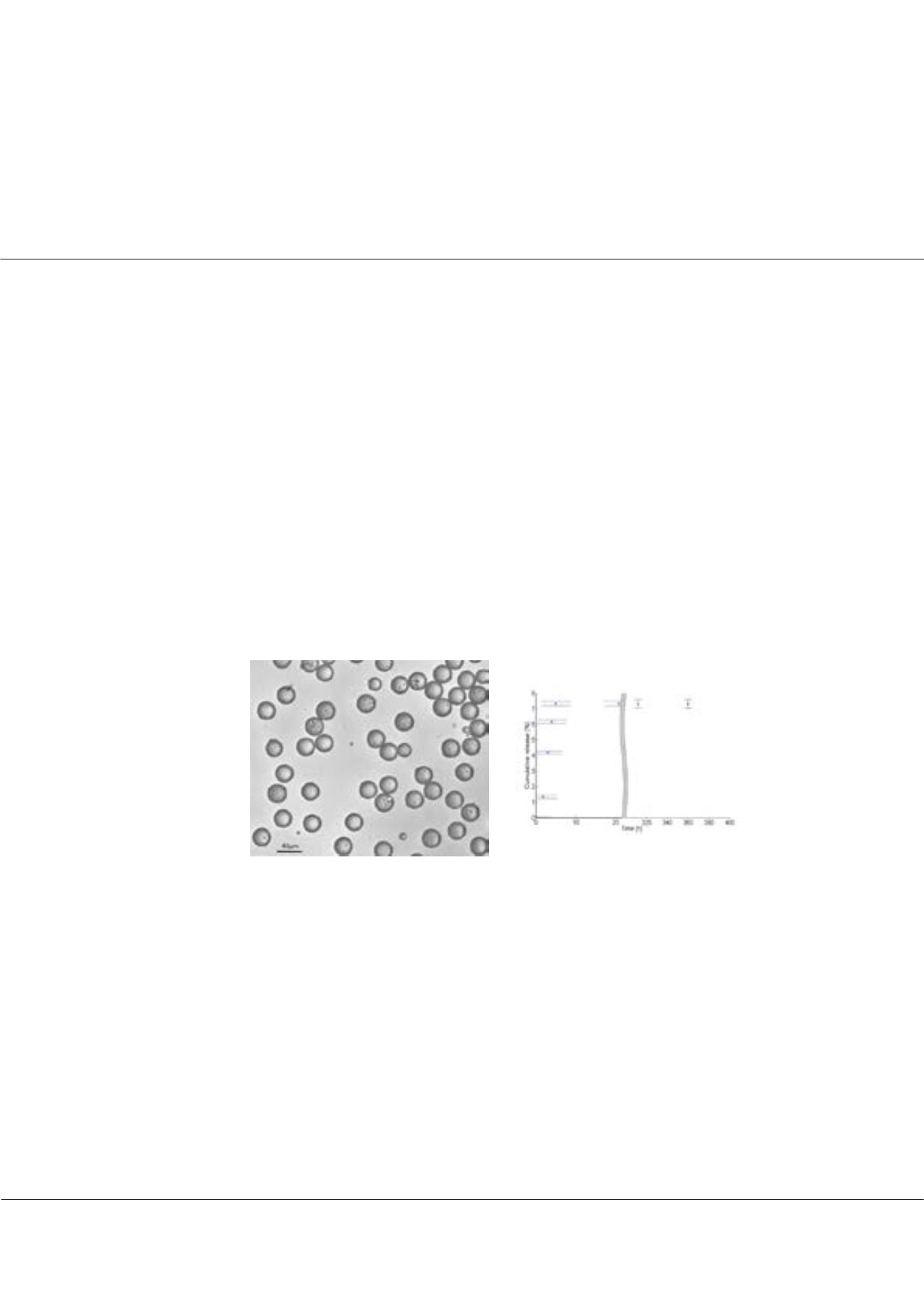

Page 42
conferenceseries
.com
Volume 8
Journal of Biotechnology & Biomaterials
ISSN: 2155-952X
Adv.Biotech 2018
November 15-17, 2018
November 15-17, 2018 | Berlin, Germany
4
th
International Conference on
Advances in Biotechnology and Bioscience
Microfluidic double emulsion and particle for a controlled release of therapeutic peptide
Marine Truchet
ESPCI, France
E
ncapsulation of peptide therapeutics has a growing significance in pharmaceutical and biotech industry to control the
release over weeks or months. If the capsule is made from biodegradable polymer, it will degrade slowly and release the
drug progressive. To fabricate the particle, people often use the double emulsion/solvent removal method. A double emulsion
of water in oil in water (W/O/W) is formed. The active ingredient is within the inner water droplet. The middle phase
composed of the solvent and the biodegradable polymer is then solidified. The emulsification process is mostly performed with
mechanical stirring or ultrasonication, a process that enables the creation of large volumes of emulsions but results in very bad
monodispersity and low encapsulation yield. The production of monodispersed (W/O/W) double emulsions using different
microfluidics technologies has been demonstrated. However, none of them could be used to prepare microparticles with desired
properties compatible with control delivery of APIs. Each technique has one or several limitations: compatibility of chips with
solvents, low throughput, droplet size. In this study, we solved these problems by combining traditional technologies with
microfluidics. Our three-step hybrid process allows the formation of very well controlled size, morphology and drug loading
particles. We managed, for the first time, to obtain micro-particles with desired particle size, whose structure is controlled and
adapted to the delivery challenge we address. We are now able to study precisely the mechanism of release and the influence
of each parameter on the drug release.
Recent Publications
1. Bezemer J M
et al.
(2000) Microspheres for protein delivery prepared from amphiphilic multiblock copolymers.
Journal of Controlled Release. 67(2-3):233-248.
2. S Okushima et al. (2004) Controlled production of monodisperse double emulsions by two-step droplet breakup in
microfluidic devices. Langmuir 20(23):9905-8.
3. Utada AS
et al.
(2005)Monodisperse double emulsions generated fromamicrocapillary device. Science 308(5721):537-
41.
4. J Pessi
et al.
(2014) Microfluidics-assisted engineering of polymeric microcapsules with high encapsulation efficiency
for protein drug delivery. International Journal of Pharmaceutics 472(1-2):82-87.
Biography
Marine Truchet is currently a third year PhD student at ESPCI, Paris, France. She pursued her Engineering Diploma from Centrale Nates and an 8-month internship in a
biotechnological start-up, Twist Bioscience. This experiment permits her to discover microfluids and to acquire strong knowledge in biotechnology. Her PhD project is in
collaboration with the Gulliver Laboratory at ESPCI and the pharmaceutical company SANOFI.
marine.truchet@espci.frMarine Truchet, J Biotechnol Biomater 2018, Volume 8
DOI: 10.4172/2155-952X-C6-103


















